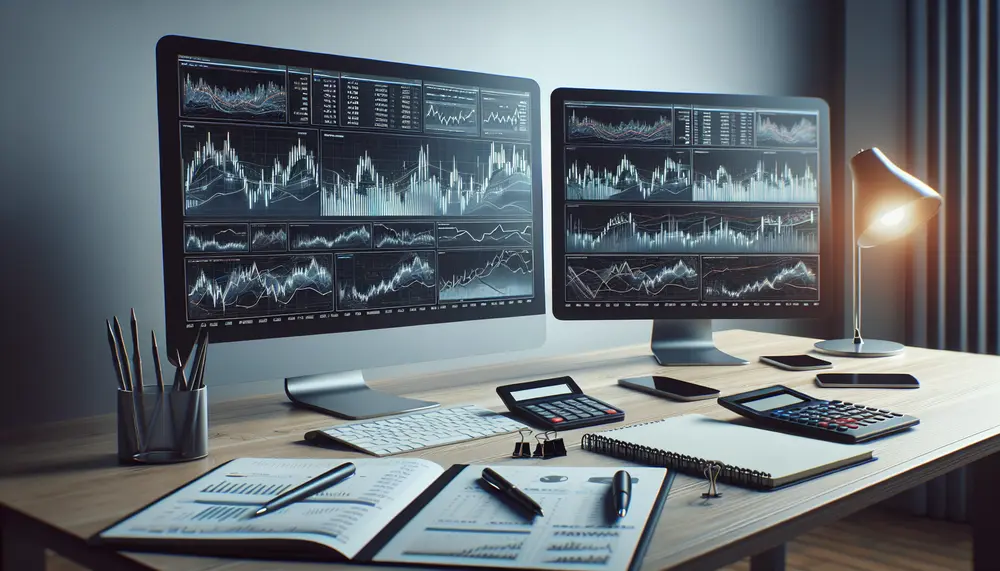Up Volume
Up Volume
Understanding 'Up Volume' in Trading
If you're getting to grips with trading, chances are you've stumbled upon the term Up Volume. Fear not, it's not as daunting as it may initially appear. In its simplest form, Up Volume indicates the volume of stocks that have ended the day with a gain. It's used to gauge market sentiment on a particular day or over a specific period. Learning how to analyze Up Volume can give you a crucial edge in trading.
How Does 'Up Volume' Work?
A stock's Up Volume is a measure of how many shares in a company were traded during a day when the share price ended higher than it began. The higher the Up Volume, the more investors are buying the stock, suggesting a bullish market sentiment. In contrast, if the stock's price falls at the close of trading, these shares are not part of the Up Volume.
Why is 'Up Volume' Significant in Trading?
Up Volume is a vital trading indicator because it can offer valuable insights into market trends. A high Up Volume often indicates strong investor interest and can be a sign of an upward trend in a stock's price. If the Up Volume increases steadily over time, this can suggest that more investors are becoming interested in the stock, potentially signaling future price increases.
Using 'Up Volume' in Trade Analysis
Traders often use Up Volume in combination with other indicators to analyze market trends. For example, a sudden increase in Up Volume alongside stable prices may indicate a pending upward price movement. Conversely, decreasing Up Volume while prices are rising could mean that the upward trend is losing momentum. Therefore, understanding and monitoring Up Volume can significantly assist in making informed trading decisions.
Conclusion
In conclusion, Up Volume is a handy tool for traders. It offers valuable insights into whether a stock is being heavily bought, which can indicate market sentiment towards that stock. When effectively combined with other market indicators, Up Volume can be a powerful instrument in a trader's toolkit, helping to predict future price movements and trends.


